Create a charming, whimsical garden inspired by the English countryside with Fairytale English Cottage Garden Ideas. From serene pathways to lush flower beds, you can transform your outdoor space into an enchanted sanctuary that will transport you and your guests to another world. Whether you’re looking for a tranquil escape or an inviting spot for entertaining, these ideas will help bring your vision of an English cottage garden to life. With tips on how to combine plants, flowers, and accessories in unique ways as well as suggestions on furniture and layout options, this guide is sure to provide all the inspiration needed for creating a beautiful outdoor oasis that feels like it came straight out of a fairytale!
What Is A Cottage Garden?
A cottage garden is a style of English garden that originated in small villas and farms during the 18th century. It is characterized by an abundance of diverse plants, often chosen for their flowers and foliage rather than their visual appeal, arranged to create a cozy atmosphere with winding paths, arbors, trellises, and other features that lend themselves to an informal, romantic atmosphere.

This style of garden is known for its lushness and abundance, with flowers such as roses, lavender, and daisies spilling over the edges of flowerbeds and winding pathways leading through a maze of shrubs and climbers.[1]
The Quintessential Features Of A Cottage Garden
The quintessential features of a cottage garden are the main elements that make it unique and identify it as such. These features include an informal, relaxed design; an abundance of flowers; plenty of herbs; a mixture of colors and textures; and rustic elements like wicker furniture, old tools, and birdhouses. Here are some ideas to include these features in your own cottage garden:
Quaint Picket Fencing
Surround your cottage garden with a white picket fence for that true fairytale look. This kind of fencing adds an extra layer of beauty and charm to the garden, creating a more romantic setting. If you have children or pets, it can also provide safety from wandering too far away from the home. Adding climbing ivy or other plants to the fence can create a more lush and full look, while still maintaining its traditional charm.
Ancient Stone Walls
Ancient stone walls are a classic feature of English cottage gardens. They add a rustic charm to the landscape, and can be used in various ways to define the garden layout. Stone walls can also be used to create an outdoor sitting area or as an interesting backdrop for flower beds. When selecting stones for your wall, choose natural stone that complements the surrounding landscape and weathers well. For extra charm, consider adding decorative details such as a climbing vine or an old-fashioned gate.
A Picture-Perfect Gate
Make your cottage garden complete with a charming, white picket gate! This whimsical addition is sure to be a standout focal point and will take you right back to the fairytale setting of your dreams.
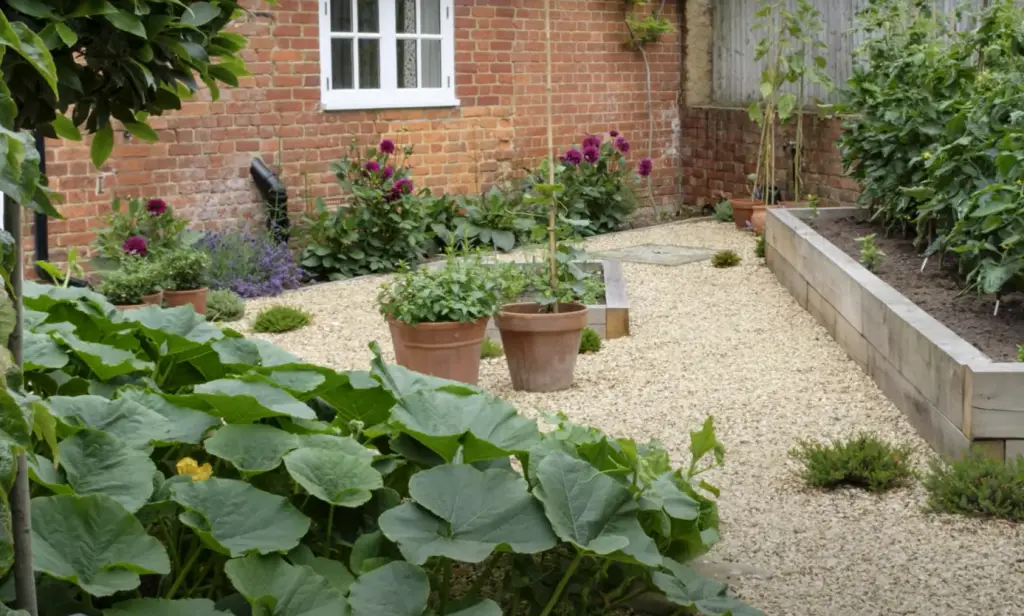
You can opt for an intricate design or keep it simple. Either way, these gates provide a romantic touch that will give your garden just the right amount of character.
Flowers: More Is More
The quintessential cottage garden look relies on a mix of annuals and perennials that bloom in succession throughout the growing season. Plants like foxgloves, daisies, pansies, asters, and hollyhocks all make great additions to your cottage garden. Other favorites include delphiniums, roses, clematis, and lupines. Mix it up with old-fashioned favorites like peonies and sweet williams and you’ll have an enchanting garden that’s full of color!
An Overflowing Abundance Of Plants
When it comes to creating a fairytale English cottage garden, the key is abundance. This type of garden should be overflowing with plants and flowers, lending an almost overwhelming sense of beauty and charm. Planting in layers of low-growing ground covers up to taller shrubs gives the impression of wildness, but still allows for some control and structure. A variety of perennials, annuals, and even vegetables can be used to create a garden that is both lush and fragrant. Consider adding climbing vines like clematis or roses along with plenty of herbs for an extra burst of character.
When it comes to colors, cool pastels are classic in a fairytale English cottage garden. Delicate blues, lavenders, and pinks are beautiful choices for flowers and can be complemented with bright green foliage. For a hint of whimsy, consider adding some white daisies or foxglove to the mix. And don’t forget to leave plenty of space between plants to allow them room to grow and create a more natural feel.[2]
Classic Plants For An English Cottage Garden
When thinking about an English Cottage Garden, some of the classic plants that come to mind are roses, lavender, delphiniums, foxgloves and hollyhocks. Roses can be found in many colors from white to deep red and they add a romantic feel to any cottage garden.
Delphiniums are tall, spired shaped flowers with bright colors that can help create a beautiful contrast in your garden. Foxgloves provide dramatic spikes of color and hollyhocks give your garden a classic cottage look. Other popular plants for an English Cottage Garden include sweet peas, sunflowers, clematis, and wild geraniums. With these classic plants your cottage garden will look like something straight out of a fairytale.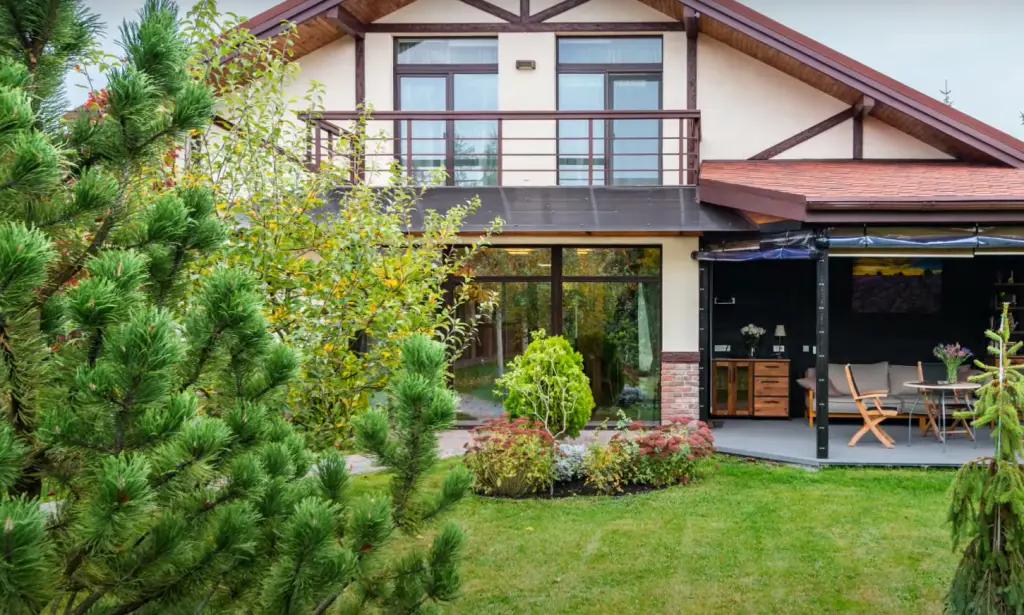
To bring in some more unique touches to your English Cottage Garden consider adding herbs such as rosemary, mint or sage. These can help create interest and provide you with some delicious culinary benefits. Low growing perennials such as phlox and ornamental grasses can help give your garden a romantic and whimsical look.
Cottage Gardens Need Shrubs And Foliage
One of the most important elements for creating a charming cottage garden is the inclusion of shrubs and foliage. Shrubs are the foundation plants of your cottage garden, providing structure and adding year-round interest. They can be evergreen or deciduous, depending on what type of look you want to achieve in your garden.
Try choosing shrubs that flower in shades of pink, white or purple to really bring out the traditional cottage garden look. Some great options might include hydrangeas, lilacs, lavender, roses and azaleas. They can be planted around the edges of your paths and beds or can even be grown as a hedge.
Creating An English Cottage Garden
Creating a magical English cottage garden takes time, effort and lots of planning. However, the end result is worth it! With a little bit of imagination and some creative planting techniques, you can create a garden that will become the envy of your neighbors. Start by taking into consideration the size of your garden and your climate. Most cottage gardens are small and formal, so keep that in mind when designing your space.
Next, think about the types of plants you want to use. Traditional English cottage gardens often include roses, clematis, foxglove and delphiniums. Consider also adding herbs such as lavender and thyme for an authentic touch. To keep your garden looking lush and full, add in a variety of perennials and annuals. This will ensure that there is always something blooming throughout the season.
Once you have chosen your plants, incorporate them into the overall design of your garden. You may want to use curved pathways or decorative arches for a classic look. If your space allows, add a pond or small fountain to give it a serene and inviting atmosphere. Additionally, consider placing a few benches or chairs so that you can enjoy the beauty of your garden more easily.
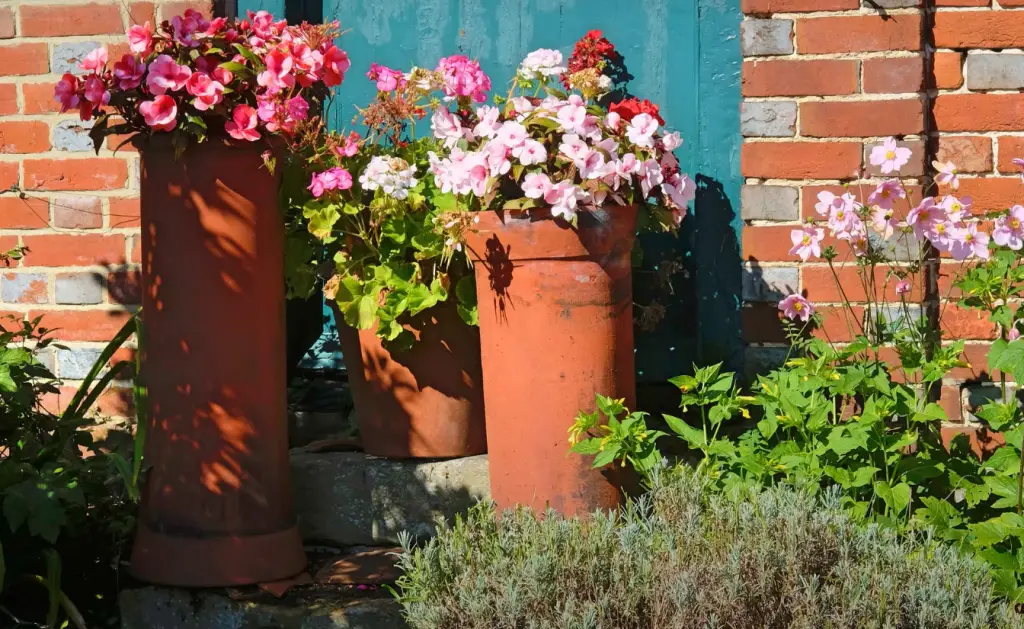
Finally, accessorize with other decorative touches such as birdhouses, statuary, wind chimes and trellises.
Hardscaping Materials For A Cottage Garden
When it comes to creating a cottage garden, hardscaping materials play an important role. The right kind of materials can help define the space and provide a foundation for your plants. Some common hardscaping materials used in cottage gardens include stone walls, wood trellises, flagstones, and gravel pathways.
Stone walls are a great way to create boundaries and areas of interest in your cottage garden. They can be used to separate different sections or plant beds, define pathways, and provide privacy. Natural materials like stone, brick, or wood are ideal for creating a traditional look for your garden.
Wood trellises are another versatile element that works well in cottage gardens. They can be used to support climbing plants and vines, or as a decorative feature. Wooden trellises are great for adding height and texture to the garden, while providing useful support for your plants.[3]
Create Cottage Garden Flower Beds
When creating your cottage garden, start with the flower beds. These beds can be arranged in a variety of shapes, including circles, ovals, and straight lines. They should also vary in size so that you have different textures throughout the overall landscape. You may want to include both annuals and perennials when deciding on what flowers to add. Choose a variety of colors, heights and bloom times to ensure your cottage garden looks its best throughout the entire growing season. Consider including some herbs as well for an authentic cottage garden look. Lavender, sage, rosemary and thyme all have beautiful foliage and fragrant blooms that will fill the air with sweet scents. Pathways and stepping stones can be placed between the beds to provide easy access. These can be made of natural materials such as flagstone, pavers or gravel. To finish off the look, add a few garden accents such as birdbaths, benches and trellises.
Cottage Gardens Are Informally Planted
One of the most popular elements of an English cottage garden is its informal plantings. Unlike a more formal garden, plants are arranged in groups and in mass for color and texture effects. In other words, it looks natural and unplanned. For example, rather than having single rows of flowers or small areas of ornamental grasses, the entire garden is filled with different flowers, shrubs, trees and foliage. The idea is to have something in bloom all season long and to bring color into the garden.
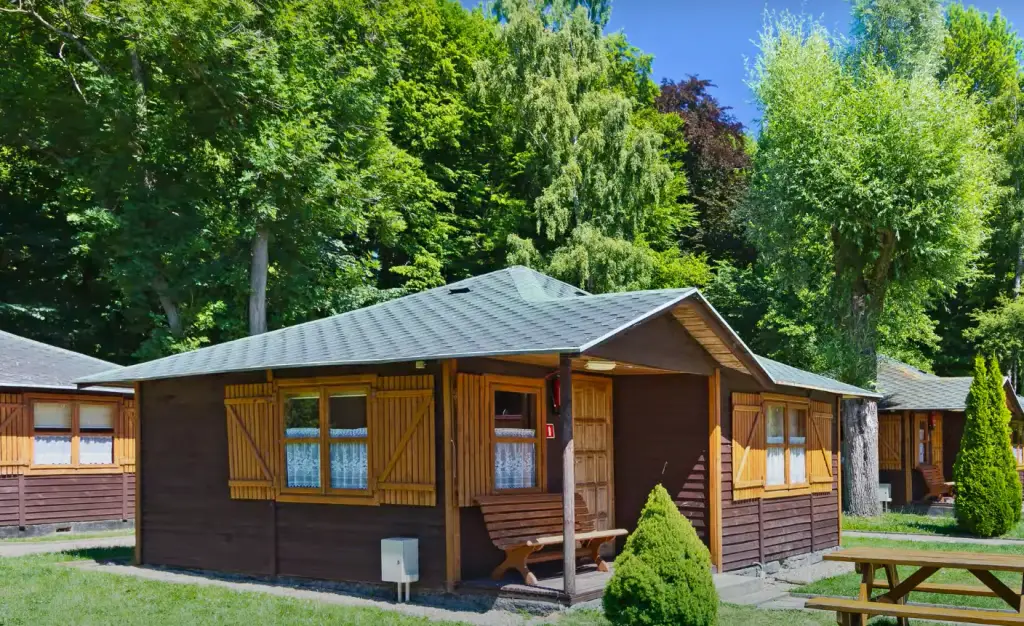
When it comes to what plants to use, homeowners can choose from old favorites like roses, hollyhocks and foxglove or select more modern varieties such as daisies, irises and poppies.
The possibilities are truly endless when it comes to creating a cottage garden that is both aesthetically pleasing and full of life.Learn To Propagate Plants
Propagating your own plants is a great way to save money and add interest to your English cottage garden. Many common plants can easily be propagated from cuttings, divisions or seeds. Knowing how to propagate plants will give you the opportunity to fill your garden with more of the plants that you love without having to purchase them from a nursery.
The easiest plants to propagate are those that root from stem cuttings. These include rosemary, lavender, rue, pinks and many others. To do this, select healthy stems with plenty of leaves on them. Cut the stem just below a node (the area where the leaves join the stem) and remove the lower leaves. Dip the cut end in rooting hormone and place in moist soil or potting mix. Cover with a plastic bag to keep the humidity high and wait for roots to form.
Create A Cottage Garden Over Time
Creating a cottage garden may take some time, but it can be well worth the effort. Start planning by selecting a few focal points such as an arbor or pergola, trellis for climbing plants, and benches for seating. Then add plants that will provide seasonal interest, like bulbs in the spring and evergreen shrubs in the winter. Plant in layers, from low-growing edging plants to tall trees and shrubs that will provide a backdrop for the garden.
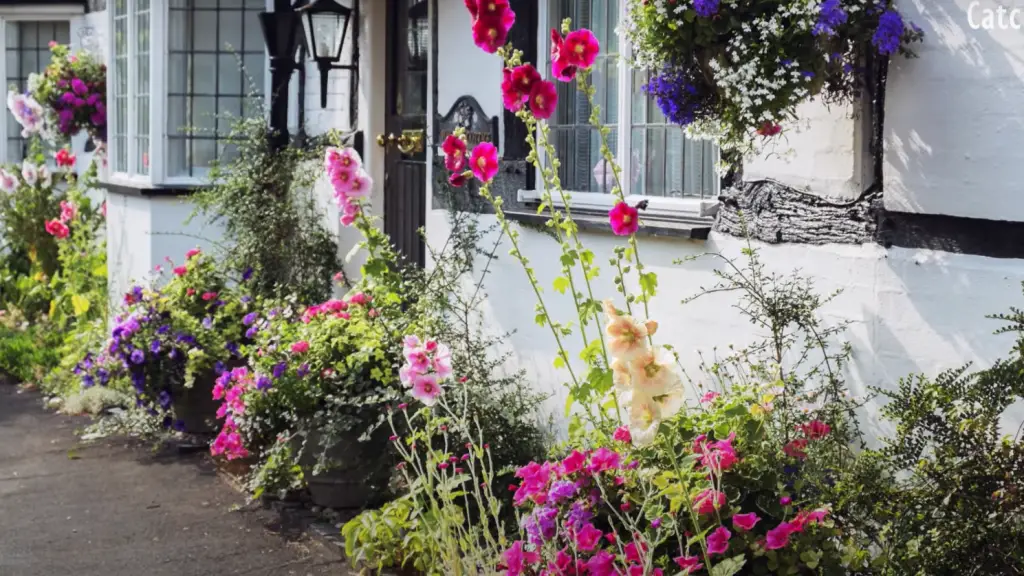
Add herbs, perennials, annuals, biennials and vegetables for a mix of foliage and color throughout the year. Use textured stones as pathways or create a winding gravel path to meander through your garden. Add a water feature like a bird bath or fountain to add the sound of running water, and accessorize with charming furniture pieces, like a white picket fence, rustic benches, and colorful urns. With careful planning and patience you can create an enchanting cottage garden that will give you years of joy.[4]
FAQ
How do you make a beautiful cottage garden?
A cottage garden can be created with a combination of hardy shrubs, perennials, annuals, and flowering trees. Additionally, certain design elements such as winding paths, arches, and trellises can add a sense of charm and enchantment to your garden. To create an idyllic cottage garden, select a variety of plants that will thrive in your climate and be sure to space them appropriately. Additionally, incorporate plenty of natural materials such as rock, gravel, and wood to provide contrast and texture. Lastly, include some larger elements such as garden benches or bird baths for a truly enchanting look.
How do you make an English country garden?
Creating an English country garden can be as easy or difficult as you make it. Here are a few tips to get you started:
- Start with a layout that is pleasing to the eye and easy to maintain. Use pathways, beds, and borders to divide one area from the next.
- Plant flowers, shrubs, and trees to create a multi-layered effect that will provide color throughout the growing season. Consider a variety of flower colors and sizes such as roses, peonies, foxgloves, and daisies. Use evergreens like holly and boxwood for structure and texture.
- Incorporate statues, birdbaths, or other garden accessories to add an element of surprise and whimsy.
Put in a water feature like a fountain or pond for a calming sound and visual effect. - Don’t forget the finishing touches like colorful cushions and throws, lanterns, or wind chimes to give your garden a cozy, inviting feel.
What is the English cottage style?
The English cottage style of gardening is most commonly associated with the romanticized, fairytale-like gardens found in literature and art. This type of garden design features winding pathways, lush flower beds, and an abundance of color. The main aim of an English cottage garden style is to create a cozy and inviting atmosphere, perfect for enjoying the outdoors in all its natural beauty.
What are 4 features normally that you can find in an English garden?
- A Rose Trellis: Roses are a classic addition to any English cottage garden, and adding a trellis gives your garden an extra dose of charm.
- Climbing Vines: Adding some climbing vines to the sides of your house or other structures helps to create a romantic and inviting atmosphere.
- Sculptures: Statues, birdbaths, gazing balls, and other decorative pieces help to bring your garden to life.
- A Variety of Plants: Plant a variety of flowers, trees, and shrubs that are well suited to your climate and soil type. This will create a garden that is both beautiful and hardy.
What is the symbolism of English gardens?
English gardens are filled with symbolic meaning and history. They often feature natural elements like water, rocks and trees to represent the importance of nature in our lives. Flowers often denote life, beauty, and fertility while geometric shapes can suggest order and structure.
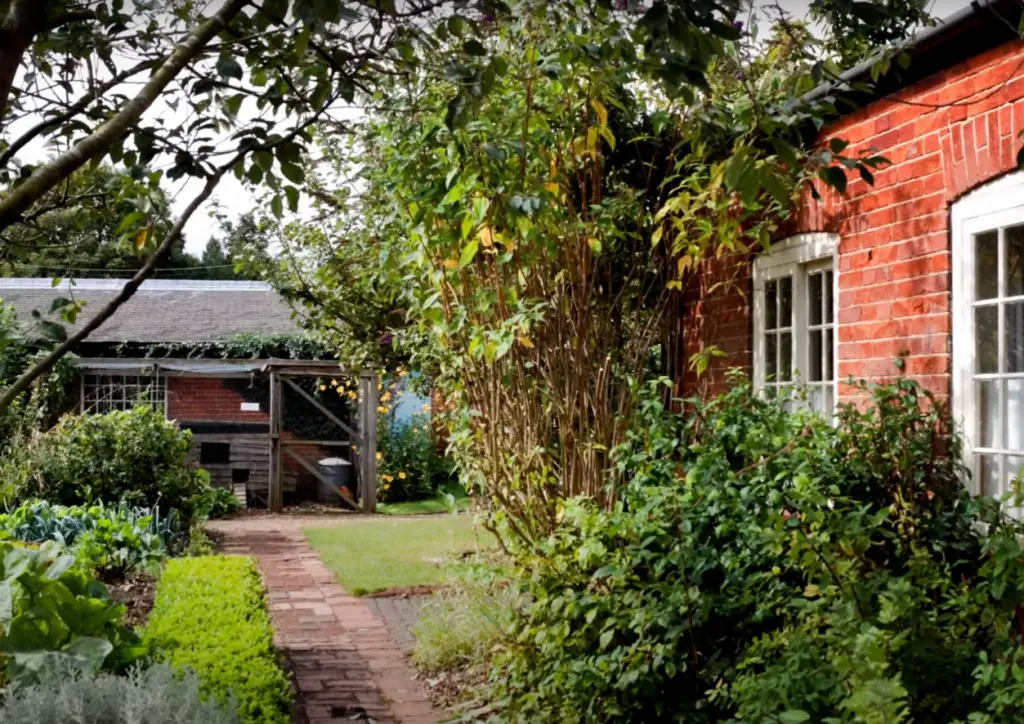
The use of pathways or winding paths through a garden can represent our journey through life or provide a sense of peace and tranquility. English gardens also often include elements such as benches, birdbaths and other structures which can add a magical touch to the garden and provide places for people to rest and take in their surroundings.
How do I make my English cottage look?
Creating a beautiful English cottage garden requires careful planning, attention to detail, and creative ideas. To achieve the best look for your garden, consider the following tips and tricks.
- Choose plants that have been popular in traditional English cottage gardens like foxgloves, hollyhocks, lavender, delphiniums, and lupins.
- Incorporate a variety of colors and textures into the garden with perennials, shrubs, trees, herbs, climbers, annuals, and biennials.
- Add unique elements like birdhouses, benches, trellises, arches, and other structures to give your garden a sense of character.
- Incorporate a water feature such as a fountain, pond, or birdbath to create a tranquil atmosphere.
- Create pathways with stone or gravel to help define the garden and give it a sense of structure.
What makes a cottage style?
Cottage style gardens are known for their informal, romantic, and lush aesthetics. A cottage garden often includes a picket fence, pathways winding through the flower beds, and a mix of old-fashioned plants that were popular in the English countryside during the late 19th century. These gardens often feature bright colors, overflowing blooms, and a relaxed, natural feel. When it comes to the design of a cottage garden, the key is to create an inviting and cozy atmosphere. The pathways should be curved and winding, rather than straight and structured. Planting beds should be filled with a mix of flowers in shades of purples, pinks, whites, yellows, and blues. The pathways should be lined with plants such as lavender for a sweet fragrance, and herbs like thyme, oregano, or basil can add texture and flavor to the garden. A white picket fence is essential in creating that English cottage feel, and it’s also an ideal way to keep animals out of your garden.
How do you make a cottage look cozy?
To give your cottage garden a cozy feel, there are some specific design elements you can use. Start with incorporating lots of soft colors such as creams and pastels to imitate the look of a classic English country home. Add in textured elements like rugs, pillows and throws to create a warm atmosphere that feels inviting and soothing. If you have the space, add outdoor furniture and plenty of seating to encourage socializing in your garden. Finally, use an abundance of flowering plants to give beauty and life to your cottage garden with lots of vibrant colors that create a cheery atmosphere.
What flowers are used in an English garden?
English gardens often feature a mix of traditional and exotic plants, such as roses, foxgloves, lavender, hollyhocks, larkspur and delphiniums. They also contain both perennial and annual flowering plants like poppies, pansies, violas and sweet peas. Other popular types of flowers used in English gardens include dahlias, asters and daisies. Herbs are also common additions to an English garden, providing added texture and interest. Popular herbs used in English cottage gardens include chives, sage, thyme and parsley.
What is the style of an English garden?
The English cottage garden style is a blend of wild and romantic, with an emphasis on relaxed informality. Traditional elements include tall shrubs such as roses and lavender, climbing vines like honeysuckle or clematis, and a variety of flowers including daisies, dahlias, and foxgloves. Paths are usually made of gravel or flagstones, and are often lined with colorful flowers. Fragrant herbs like thyme and rosemary can be included as well for a touch of aromatherapy. Finishing touches include rustic elements such as trellises, arbors, or gazebos, perfect for enjoying the beauty of your garden throughout the changing seasons.
How to decorate an English garden?
When decorating an English cottage garden, there are a few key elements that should be taken into account. The first is the use of color. Traditional English gardens often feature bright and cheerful colors like blues, purples, pinks, and yellows. These colors can be used in a variety of ways throughout the garden such as with flowers, paint, and even in furniture pieces. The second key element of an English cottage garden is the use of height and texture. Planting taller plants along the back of a garden bed can help create an interesting backdrop to the more colorful flowers in front. Adding trees or trellises can also add dimension and visual interest. The use of different terrain is also important, as English cottage gardens often feature gently rolling hills and paths.The third element to consider is the use of flowers and other plants in the garden. Traditional English cottage gardens often feature a variety of colorful blooms like daisies, roses, lavender, and marigolds. These can be combined with herbs, trees, and shrubs to create a unique and inviting garden space. Finally, furniture pieces like benches, chairs, and tables can help bring the look of an English cottage garden together. Adding decorative touches such as birdbaths or statues can also add to the overall charm of the garden.
Useful Video: 30+ Cottage Garden Ideas That Will Transport You to a Fairytale Land 🌷🌹 // Gardening Ideas
Conclusion
Fairytale English cottage gardens can be a fun, creative way of expressing your personality and adding character to your outdoor space. With clever use of colors, textures, and accessories, you can create an inviting atmosphere with a whimsical feel. Whether you choose to go big or small, remember to keep the design flowing naturally and work with the existing landscape. For best results, invest in quality materials and take your time with the planning process to ensure a beautiful, timeless garden that you can enjoy for years to come.
References:
- https://www.gardenpatch.co.uk/charming-classic-cottage-garden-ideas/
- https://lovelygreens.com/create-english-cottage-garden/
- https://www.thespruce.com/english-garden-designs-4588055
- https://billyoh.com/extra/home-and-garden/cottage-garden-ideas/





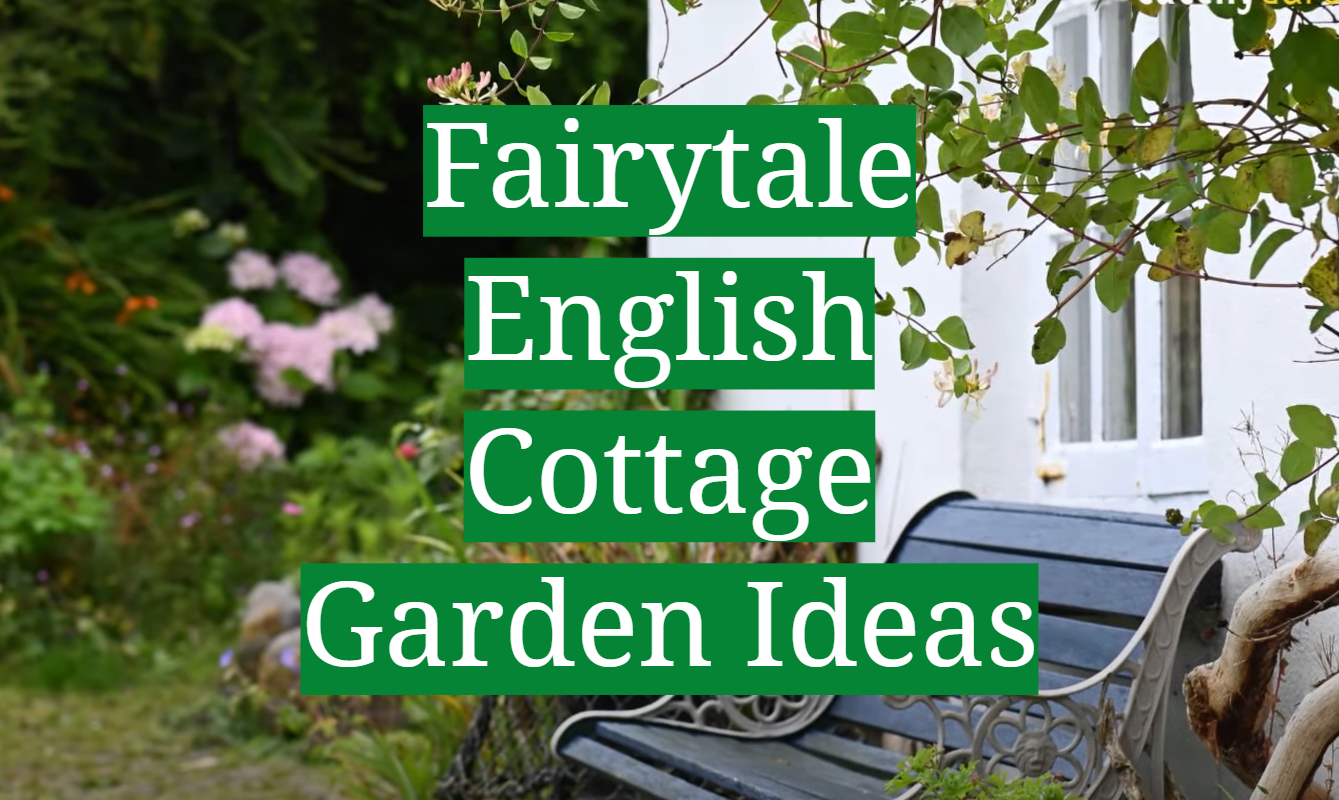
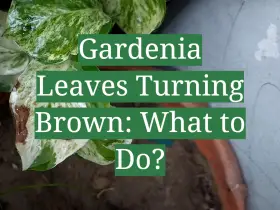
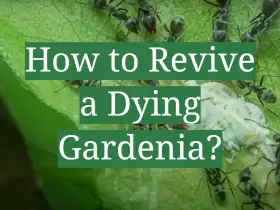

Leave a Reply
View Comments